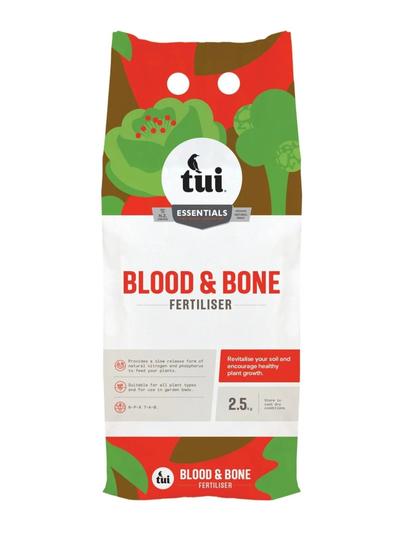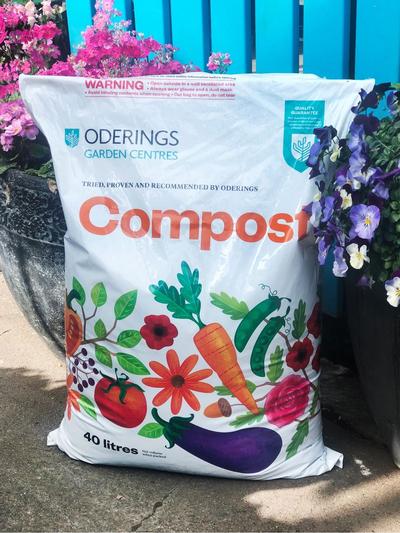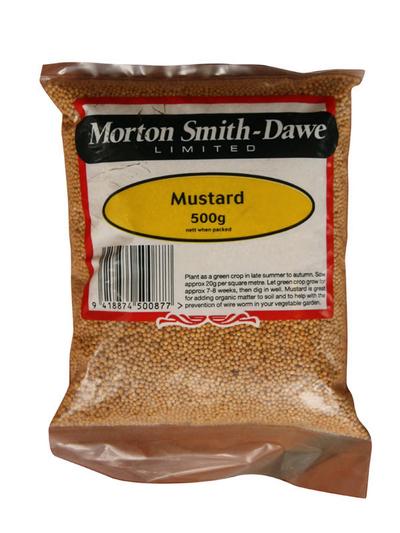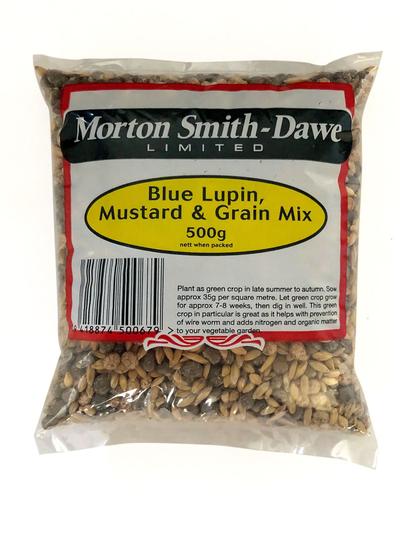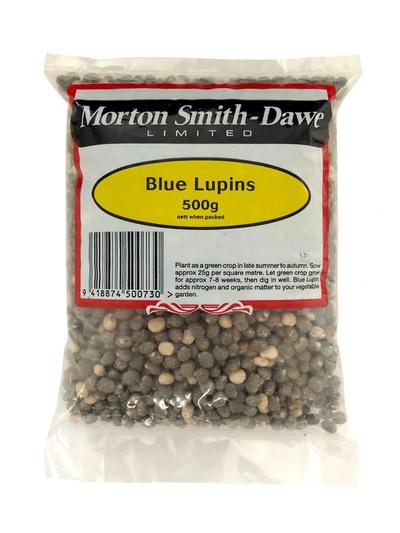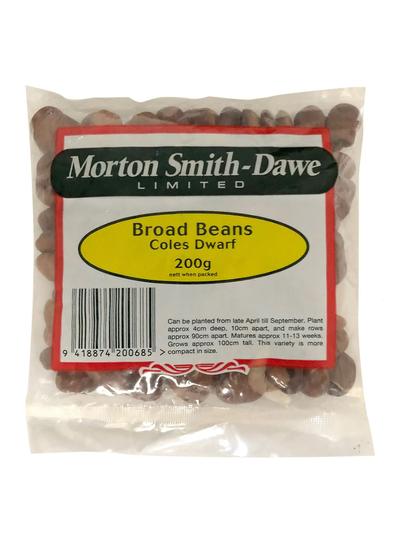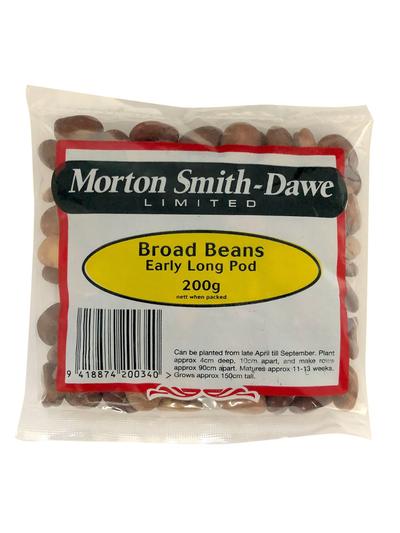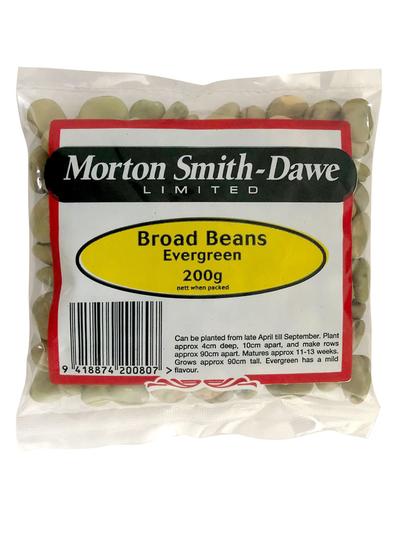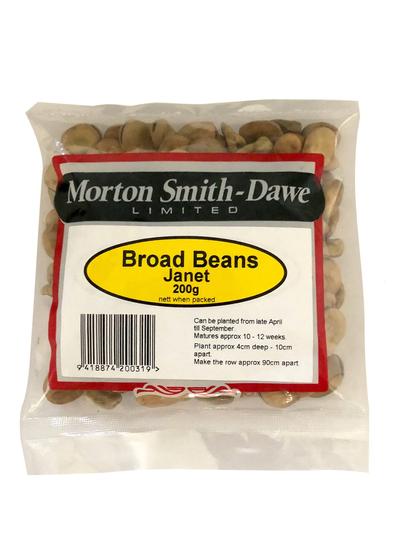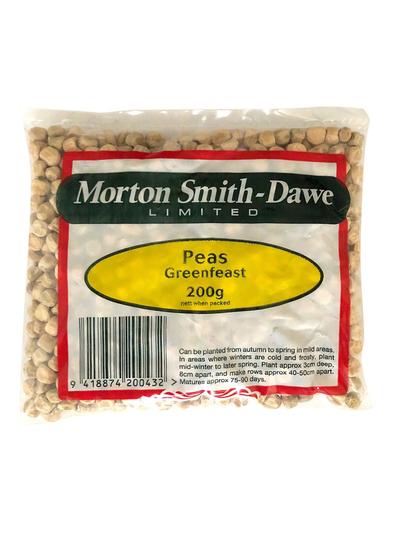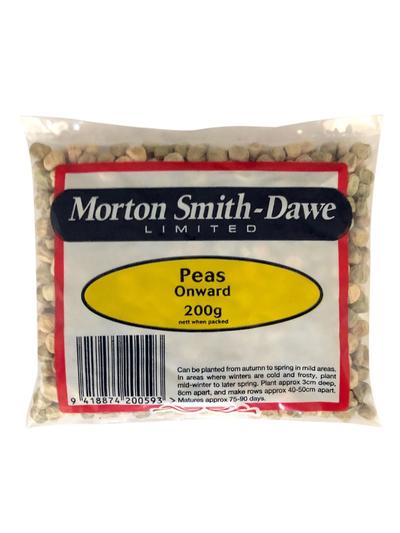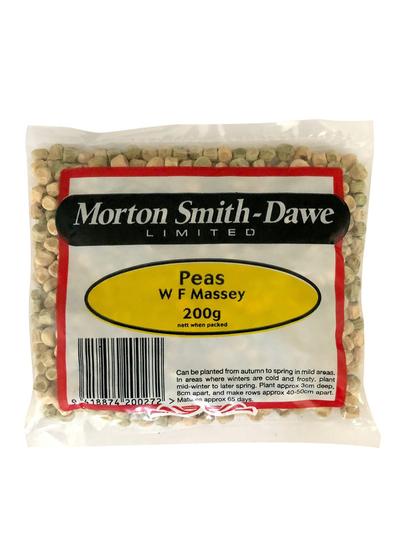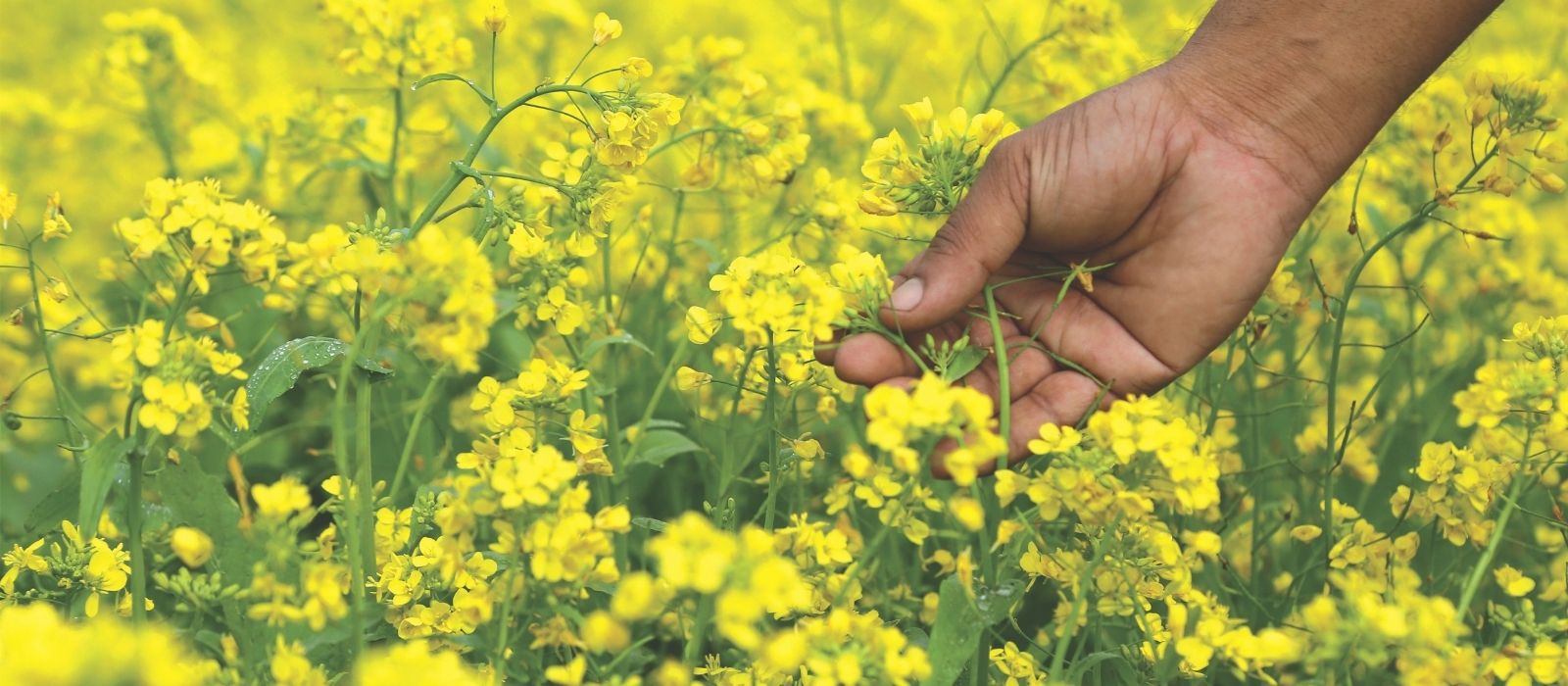
Green crops, also known as cover or manure crops, are grown to replenish and improve the soil by adding organic matter and nutrients. These crops play a vital role in maintaining soil health by promoting the growth of beneficial microorganisms like earthworms and preventing soil erosion and compaction, especially during the winter months. Planting green crops in autumn helps prepare your garden for a successful spring planting.
Types of Green/Cover Crops
- Blue Lupin – A quick, vigorous grower that produces masses of green matter and contains nodules of nitrogen on their roots. This nitrogen-fixing crop is suited to cooler climates and breaks down quickly when chopped prior to flowering and then dug into the soil.
- Barley – adds protein, nitrogen and organic matter to strengthen the soil structure.
- Oats – Used to combat soil erosion and to help break up hard clay soils and to reduce weeds. Oats are frost hardy but prefer soil that is cool and moist.
- Mustard – Cleans up harmful soil fungi and provides good control of wireworm and nematodes, which often ruin root crops such as potatoes and carrots. Mustard is a good weed suppressant suited to cooler climates, but do not use this crop if you will be planting cauliflower, broccoli or other brassica in the same area the next season. Dig into your soil 4–6 weeks after planting and prior to flowering.
- Broad Beans – An excellent crop that will return nitrogen and organic matter (humus) to the soil when dug in. Sow from autumn until spring and dig in prior to flowering.
- Peas – These add nitrogen to the soil and are incredibly useful for making peastraw for mulching in spring. This fast-growing green crop also helps with breaking up soil with its deep-penetrating roots.
- Blue Lupin, Mustard & Grain Mix – If you are still unsure which type of green crop to plant then this may be the ideal choice for you. This combination is great as it helps with the prevention of wire worm and adds nitrogen and organic matter to your vegetable garden, but do not use this crop if you will be planting cauliflower, broccoli or other brassica in the same area the next season. Let this green crop grow for 7–8 weeks before chopping and digging in.
Prepare Soil
Green crops thrive in most garden soils. However, for best results, enrich your soil with compost before planting to ensure that it holds moisture and nutrients. Choose a site with good drainage and consider rotating crops to avoid disease build-up.
Feed
Green crops typically don’t require heavy feeding; adding a layer of compost or animal manure before planting will enhance their growth. Fertilisers like Blood & Bone or Tui Animal Manure can help speed up the decomposition process of the crop material after it’s dug into the soil.
Watering & Mulching
Water the green crop generously, especially during germination, as seeds need moisture to sprout. Plant your green crop on a rainy day to prevent the seeds from drying out. Once established, green crops don’t require constant watering but ensure the soil remains slightly moist. Mulching with compost or garden clippings will help retain moisture and suppress weeds, promoting healthy growth.
Protection
Green crops are relatively low maintenance but protecting them from pests like aphids or snails is important. For mustard crops, avoid planting near brassicas (e.g., broccoli or cauliflower) in the following season to prevent soil-borne diseases. As green crops are meant to enhance soil health, monitoring them and removing any weeds that may compete for resources is crucial.
Harvest
Green crops are ready to dig into the soil when they flower, typically in late winter or early spring. At this point, the foliage should still be soft and watery. Cut the plants near the ground and work the crop into the top 15 cm of the soil to decompose and enrich it. Alternatively, cover the foliage on the garden bed with compost. Allow at least three weeks before planting your next spring crops to give the soil time to break down and integrate the green crop material.
Garden Expert Tip
Plant your green crops when it’s rainy to ensure the seeds remain moist during germination. The added moisture will give the crops the best start and ensure they are established quickly. Green crops like Blue Lupin and Mustard are especially beneficial in cooler climates for adding nitrogen and breaking down harmful soil fungi.


